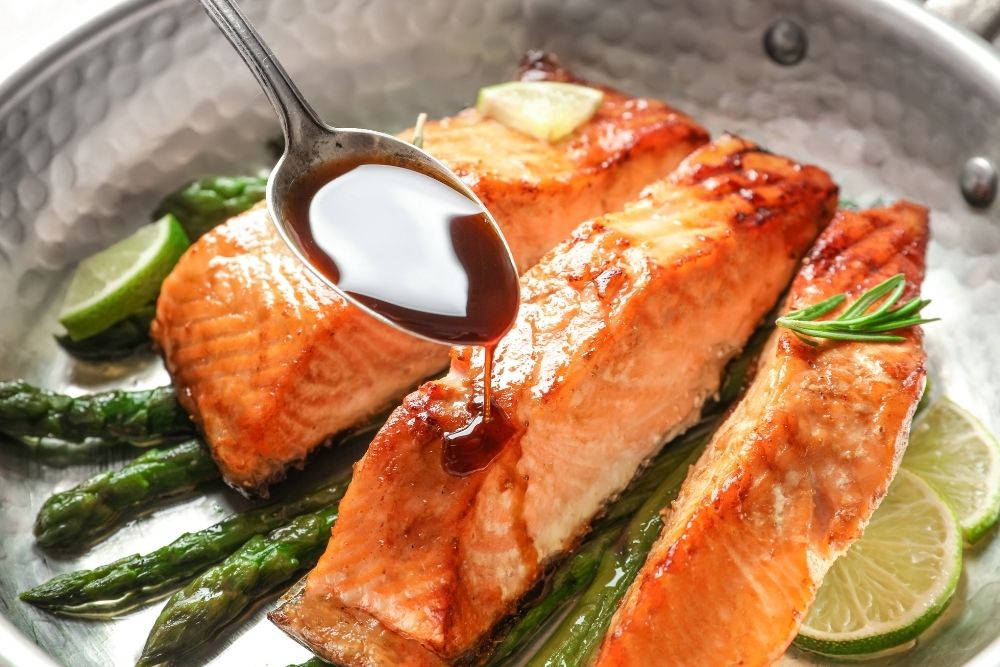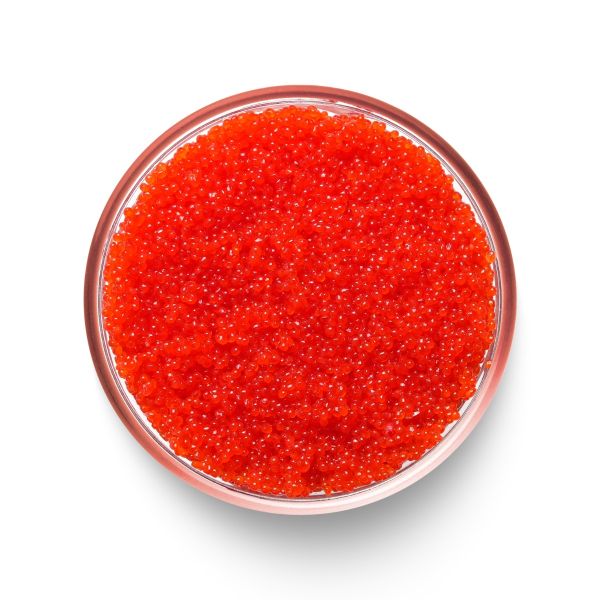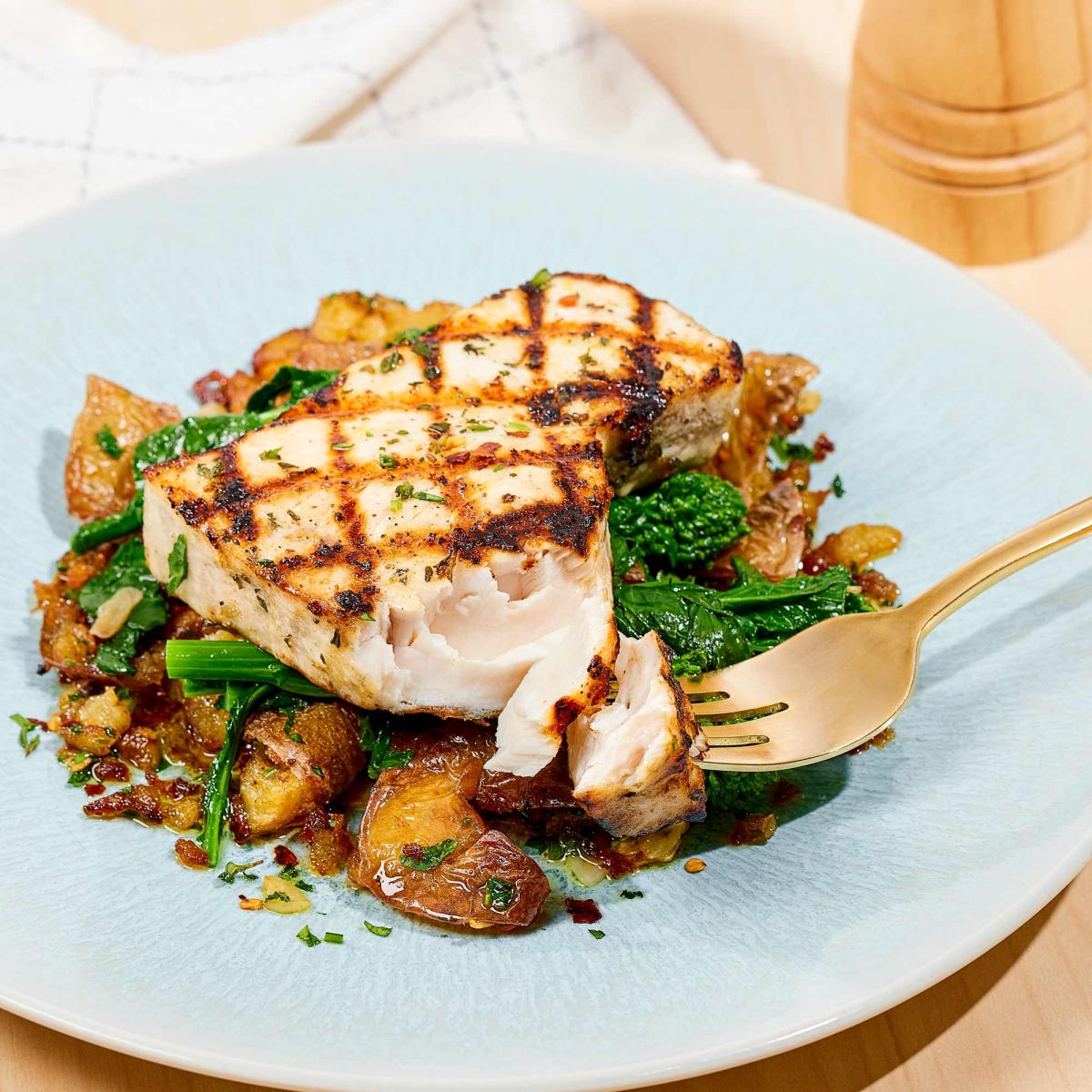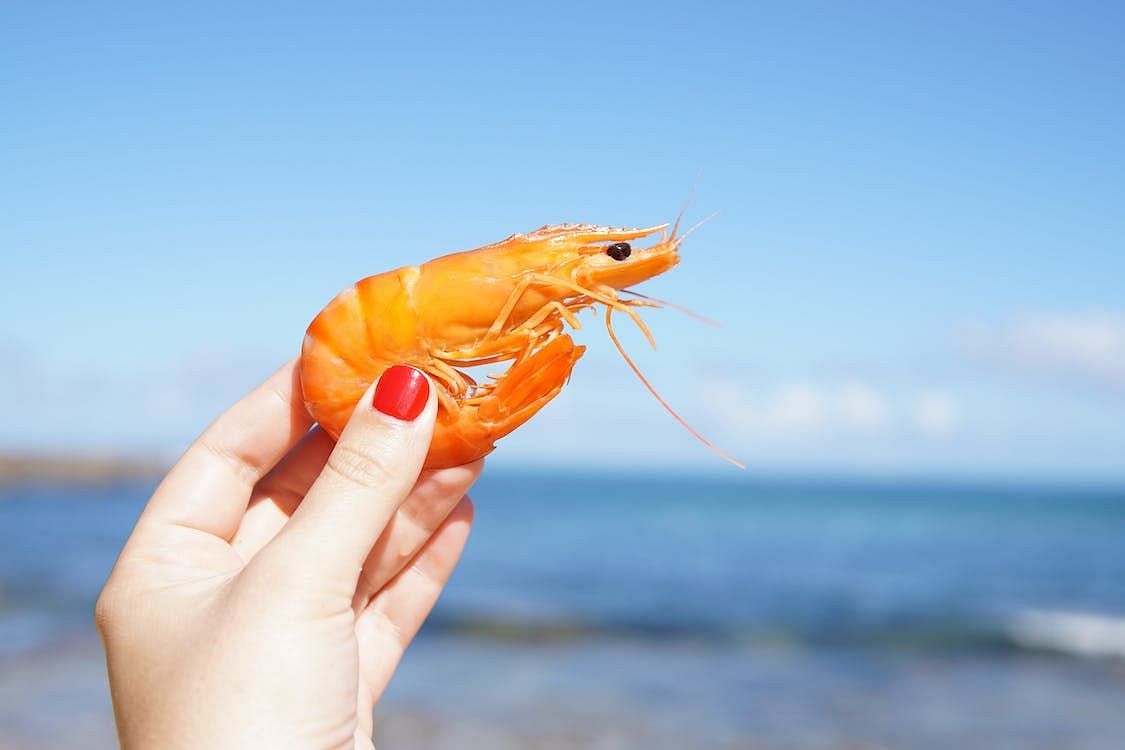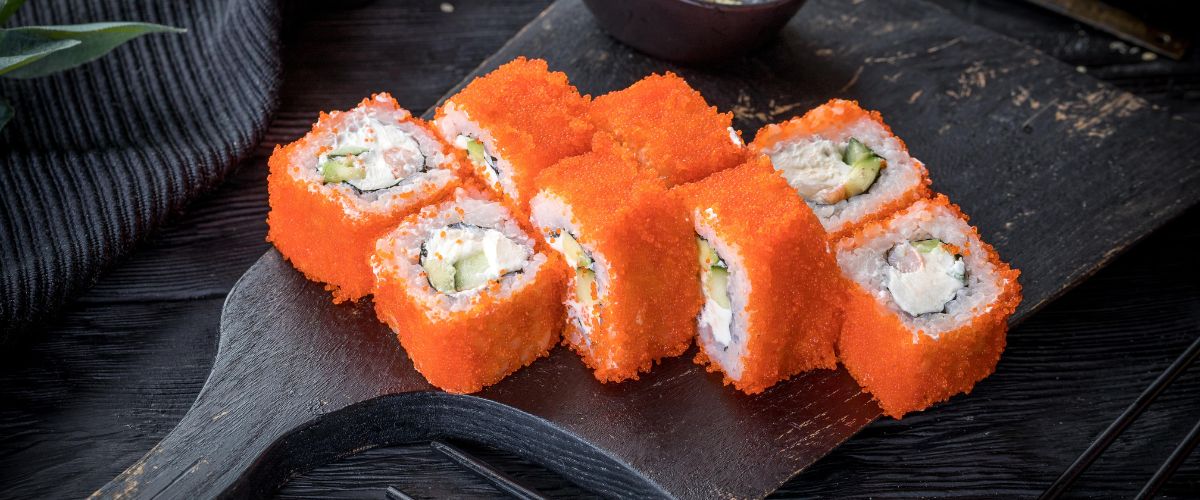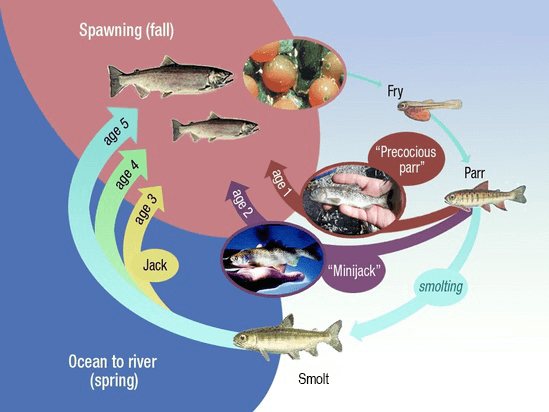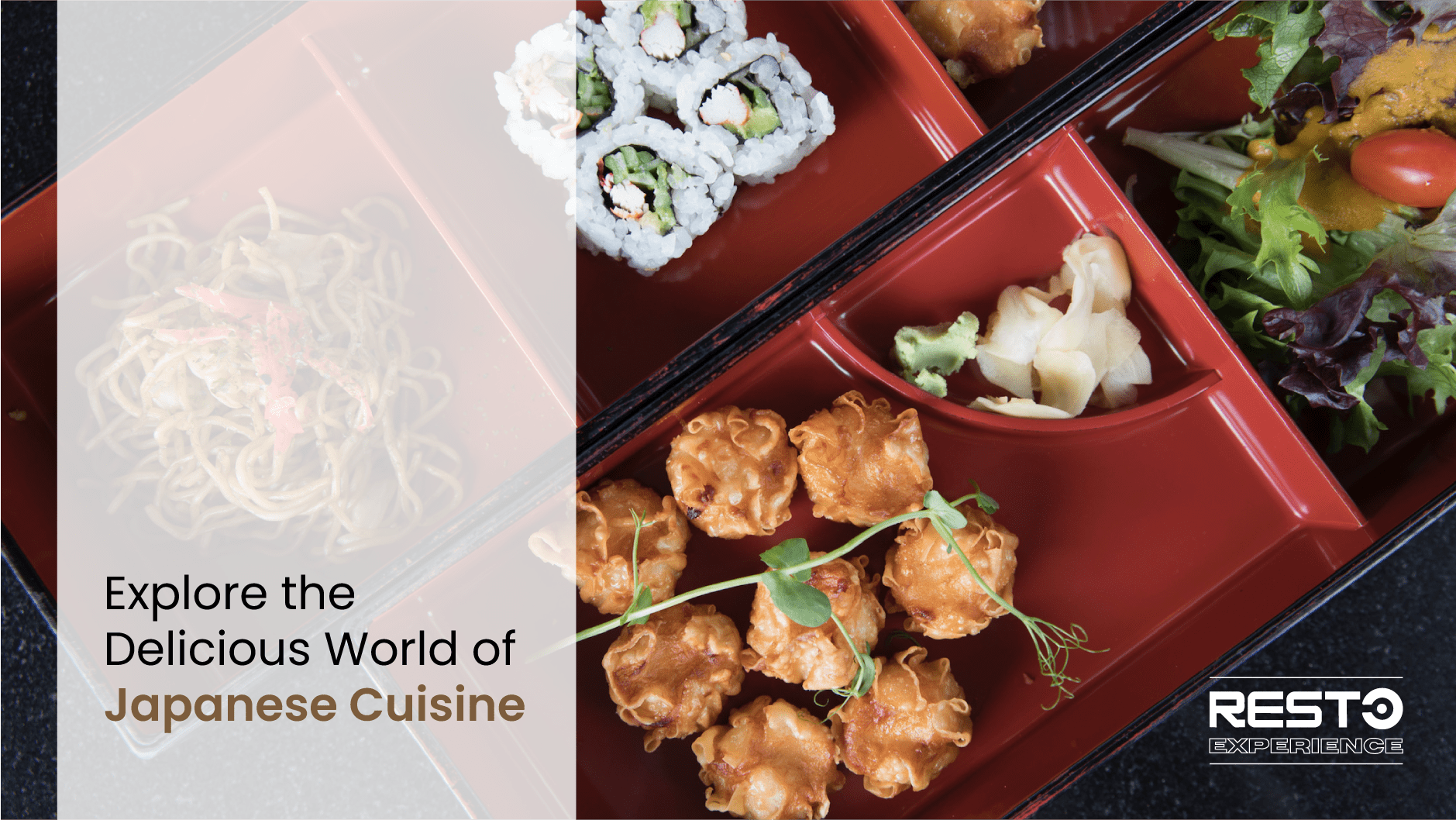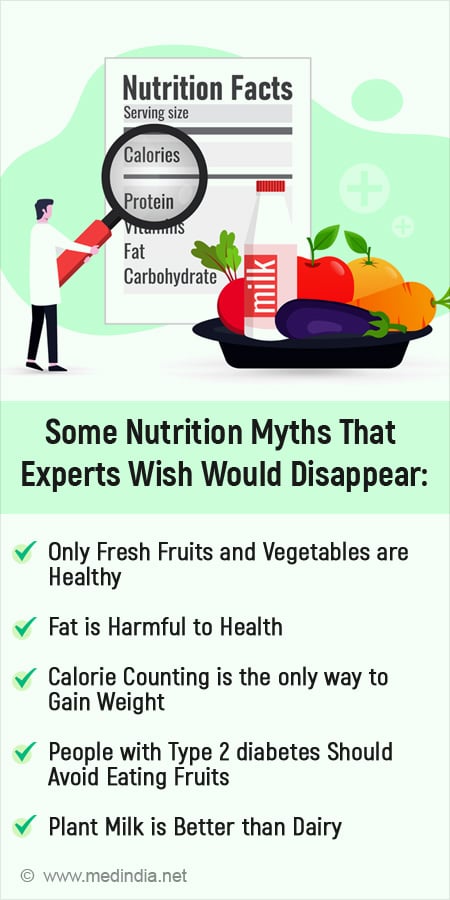What Does Salmon Taste Like and How to Cook It?
What does salmon taste like?
Salmon is a large, mild-flavored fish with pinkish-orange flesh. It has an oily taste due to its high content of good saturated fats. Fresh salmon has a milder and more refreshing flavor compared to other fish. Canned salmon usually has an oily and bland taste. The white meat variety of salmon has a milder flavor. Soaking salmon in milk before cooking can make it milder and sweeter. Squeezing fresh lemon juice over cooked salmon can alter its taste. Different sauces and creams can enhance the taste of salmon. Poached, baked, or grilled salmon tastes buttery and citrusy. Raw salmon has a buttery and smooth flavor. Raw salmon is red and has a softer texture compared to cooked salmon.
Smoked salmon has a subtly fishy, salty, and smoky taste, with variations depending on the smoking method, temperature, and duration. Hot-smoked salmon has a smoky flavor similar to baked salmon, while cold-smoked salmon has a milder, smoother texture.
Signs of bad salmon include discoloration, mold, ammonia-like smell, overly fishy taste, muddy taste, and sticky or slimy texture.
Salmon skin is edible and delicious, especially when grilled or broiled because it becomes crispy. Roasted, steamed, or poached salmon skin tends to be rubbery. Cooking salmon with its skin helps to keep the meat tender and moist.
Fresh salmon should not have a strong fishy smell or taste. Overcooking is the only way to ruin the flavor of salmon. The taste of salmon can vary depending on the species, seasonings, and cooking method.
Continue Reading